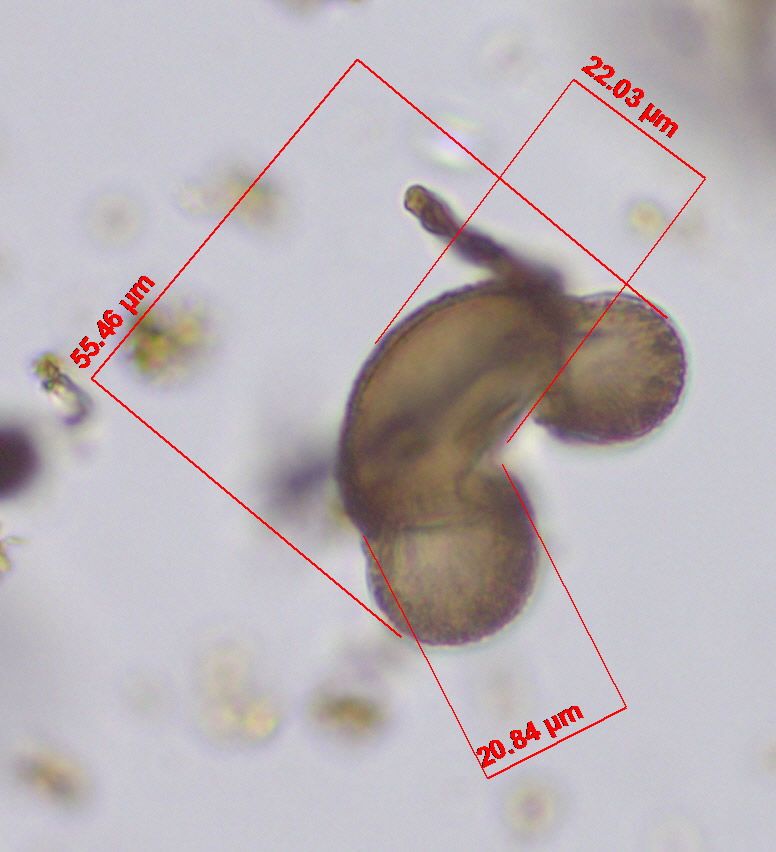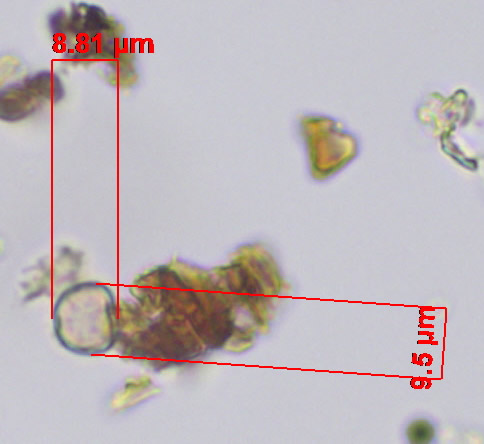Climate Change as Reflected through Sediment Core Analysis
During the April 26-May 15, 2010 expedition, eight of the total 25 pools were explored using technical scuba diving. Cara Blanca Pool 6 was cored using a manual push core of 3.0 m compacted length, using 10 cm diameter PVC tubing from flat central areas devoid of vegetation.
Age chronology is being based on AMS carbon-14 determination of wood and leaf material by the Illinois Geological Survey, with some initial scoping dates by Beta Analytics. Dates returned so far for Pool 06 (with 1 sigma error bars smaller than symbol sizes) show a clear chronology, with a potential anomalous date at 126 cm depth (pictured above: composite image compiled by Colleen Lindsay).
Ongoing sedimentological analysis being undertaken at Northwestern University via Patricia Beddows includes: lithological framework (depositional conditions for each strata based on color, texture, and materials preserved), density index, stable isotopes of inorganic carbon (d13C) and oxygen (d18O), and determination of organic and inorganic carbon using carbon coulometry (beginning January 2013).
This multiproxy sedimentological analysis is the foundation for development of a detailed pollen record revealing the ecological conditions and shifts over time for this site. The pools of Cara Blanca lie along the base of a fault guided escarpment. The pools of Cara Blanca are largely closed basins, and called “endorheic basins”. They are ideal for pollen analysis since deposition is dominated by wind transported pollen falling on the water surface and not by pollen arriving by river from some great distance.
Initial pollen counts indicate that the pollen concentrations are high in the cores. The pollen (pictured above: photos taken by Colleen Lindsay) also appears to be well-preserved and most will be identifiable to genus. Pollen further appears to change in type throughout the core, indicating environmental changes.


